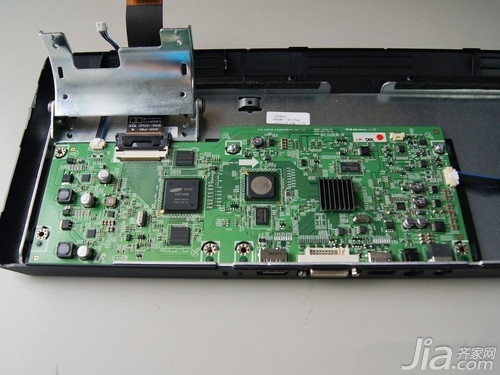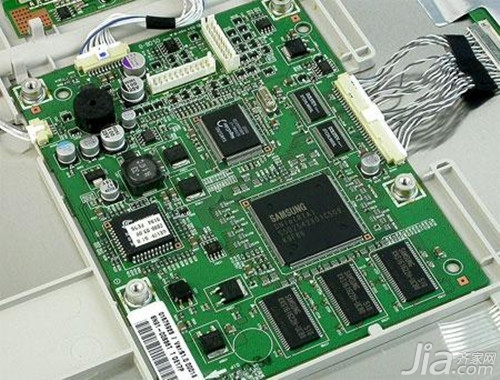Liquid crystal display circuit board principle
The power circuit of the liquid crystal display generally adopts the switch circuit way, this power circuit changes the alternating current 220V input voltage into DC voltage through the rectifying and filtering circuit, then step down by the switch tube chopper and high frequency transformer, get the high-frequency rectangular wave voltage, finally pass by After the rectifier filter, the DC voltage required by each module of the LCD is output. Next Xiaobian introduced LCD circuit board principles for everyone.

Liquid crystal display circuit board principle
Since the liquid crystal is operated with a low voltage, and the general commercial power supply is provided with an AC voltage of 110V or 220V, the display needs to be equipped with a power supply. The purpose of the power supply is to convert the 220V AC voltage of the mains into 12V or other low voltage DC to supply power to the LCD.
The power supply in the liquid crystal display uses a switching power supply. Since the switching power supply has the advantages of small size, light weight, high conversion efficiency, it is widely used in various electronic products, especially pulse-width modulation (PWM) switching power supply. The characteristic of PWM type switching power supply is fixed switching frequency, adjust the voltage through changing the duty ratio of pulse width. The basic working principle of the PWM switching power supply is: AC 220V input power is rectified and filtered to become a 300V DC voltage, and then the power control of the switching power supply and the high frequency transformer step down to obtain a high frequency rectangular wave voltage, and the display is obtained after rectification and filtering. The various DC output voltages required. The pulse width modulator is the core of this type of switching power supply. It can generate a drive signal with a variable frequency pulse width and control the duty cycle of the switching power transistor on and off. It is used to adjust the output voltage level to achieve The purpose of regulation.

LCD monitor fault repair
Although they are power supply and high-voltage two-in-one circuit boards, they are relatively independent. Therefore, if the power supply fails, the power supply can be repaired separately. What needs to be explained here is that if the high-voltage part of this type of board is broken, it is not necessary to replace the entire circuit board if it is not repaired or has no maintenance value. Although the high-voltage part and the power supply part are on the same circuit board, they can be replaced individually.
If you replace the high voltage part, you can remove the high voltage part of the original board (mainly remove the high voltage coil and related circuit components), the purpose is to leave room for the new high voltage board. Then, the new high-voltage board is affixed to the place where the original board is disassembled, and the power supply and signal control of the new high-voltage board can be connected to the original board. This is the most reasonable maintenance method, and in our daily maintenance, the high-voltage, power 2-in-1 circuit board that is repaired by this method has the same performance as the original board. Because the high-voltage part of the LCD is only responsible for the work of the backlight, as long as there is a high voltage board, the lamp can work; as long as the lamp works, the backlight problem will naturally be solved, so this is not too difficult.
Editor's summary: The principle of the liquid crystal display circuit board is introduced here, and we hope to help everyone. If you want to know more related information, you can pay attention to this website information.
Siphon principle principle of refrigeration
Exterior Wall Paint,Wall Paint Rock Chips,Exterior Thin Flakes,Flakes Wall Paint
Jiangxi Tiansheng New Materials Co.,Ltd , https://www.jx-tis.com